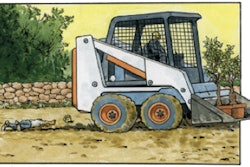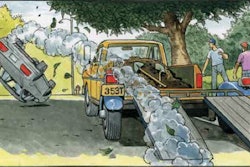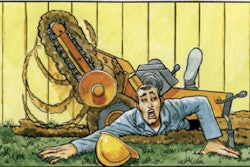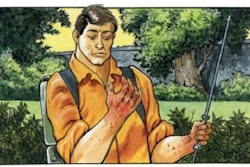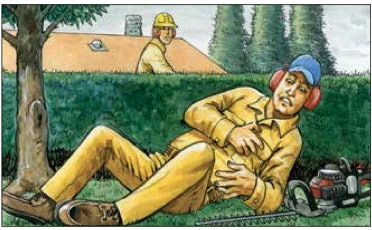
Cardiopulmonary resuscitation can double or triple a victim’s chances of survival, according to the American Heart Association. But it has to be done quickly. Survival chances decrease 7 percent to 10 percent with every minute that passes without CPR or defibrillation.
Whether or not you’re trained in CPR, calling 911 is the first thing you should do if someone collapses and is unconscious, Brouhard says. Since you’ll likely be using a cell phone and the 911 system won’t be able to trace your location, “the first thing out of your mouth needs to be where you are and that you need an ambulance,” he says.
The 911 operator can tell you how to determine if CPR is necessary and talk you through the steps, Brouhard says. AHA, which sets CPR guidelines emergency health-care providers, CPR training organizations and 911 operators follow, no longer recommends checking for a pulse. If the person’s chest is not rising and falling and air isn’t going in and out his or her nose, “then go for it,” Brouhard says. If an automated external defibrillator is available, someone trained to use it should do so.
AHA’s most recent guidelines, released in 2005, include dramatic changes. The association recommends those trained in CPR take a refresher course every two years, but if you haven’t, here are the most important updates:
- The ratio of chest compressions to breaths has doubled from 15 compressions for every two breaths to 30.
- Begin with compressions rather than breaths.
- Provide 100 compressions per minute instead of one per second. Brouhard says the song “Staying Alive” has about 100 beats per minute. Performing CPR correctly is exhausting, Brouhard says. Show another person what you’re doing and have that person fill in for you when you tire.
The new guidelines emphasize compressions because research has shown blood circulation increases with each one and must be built back up after interruptions. “The most important thing, everyone agrees, is good, deep chest compressions,” Brouhard says.
